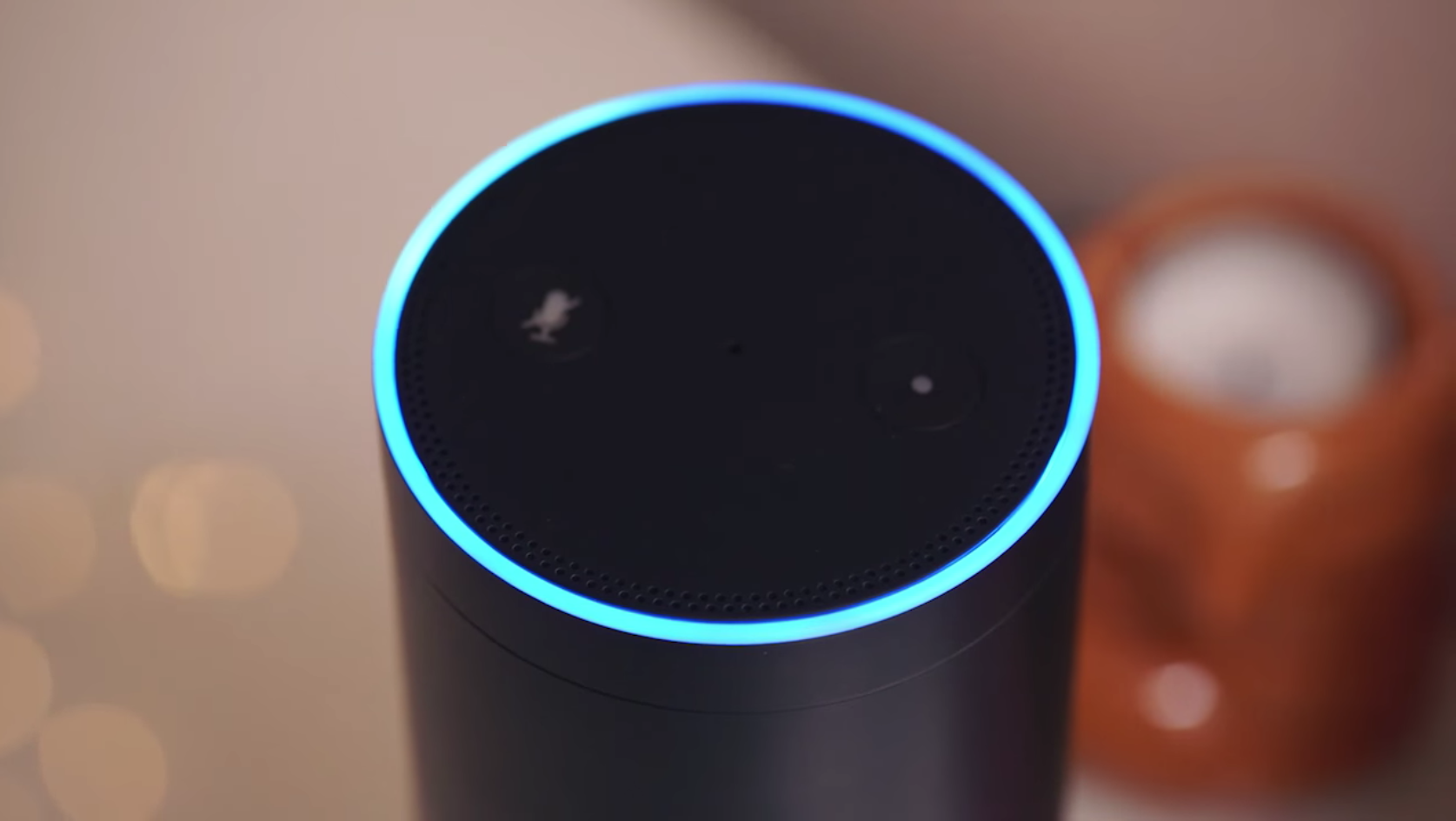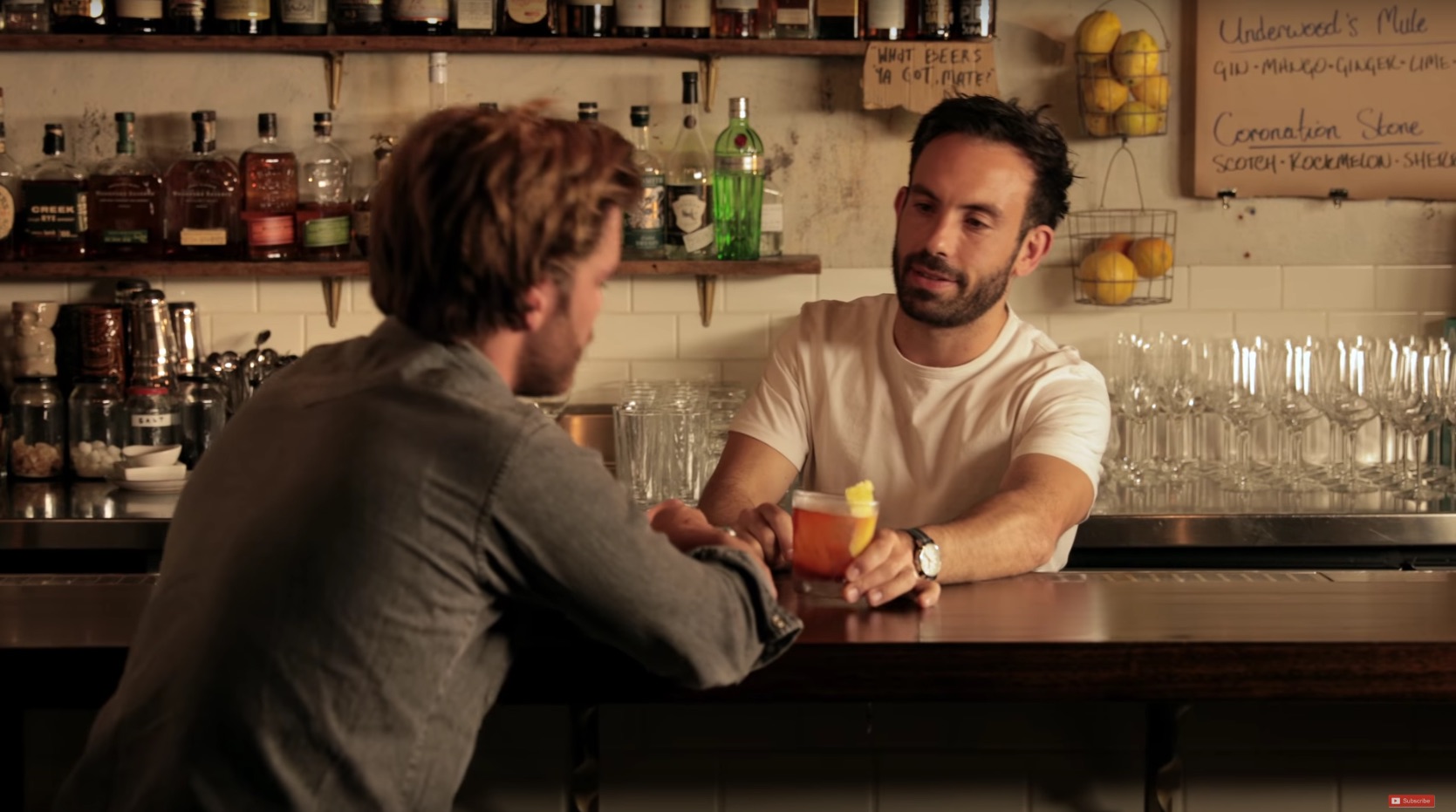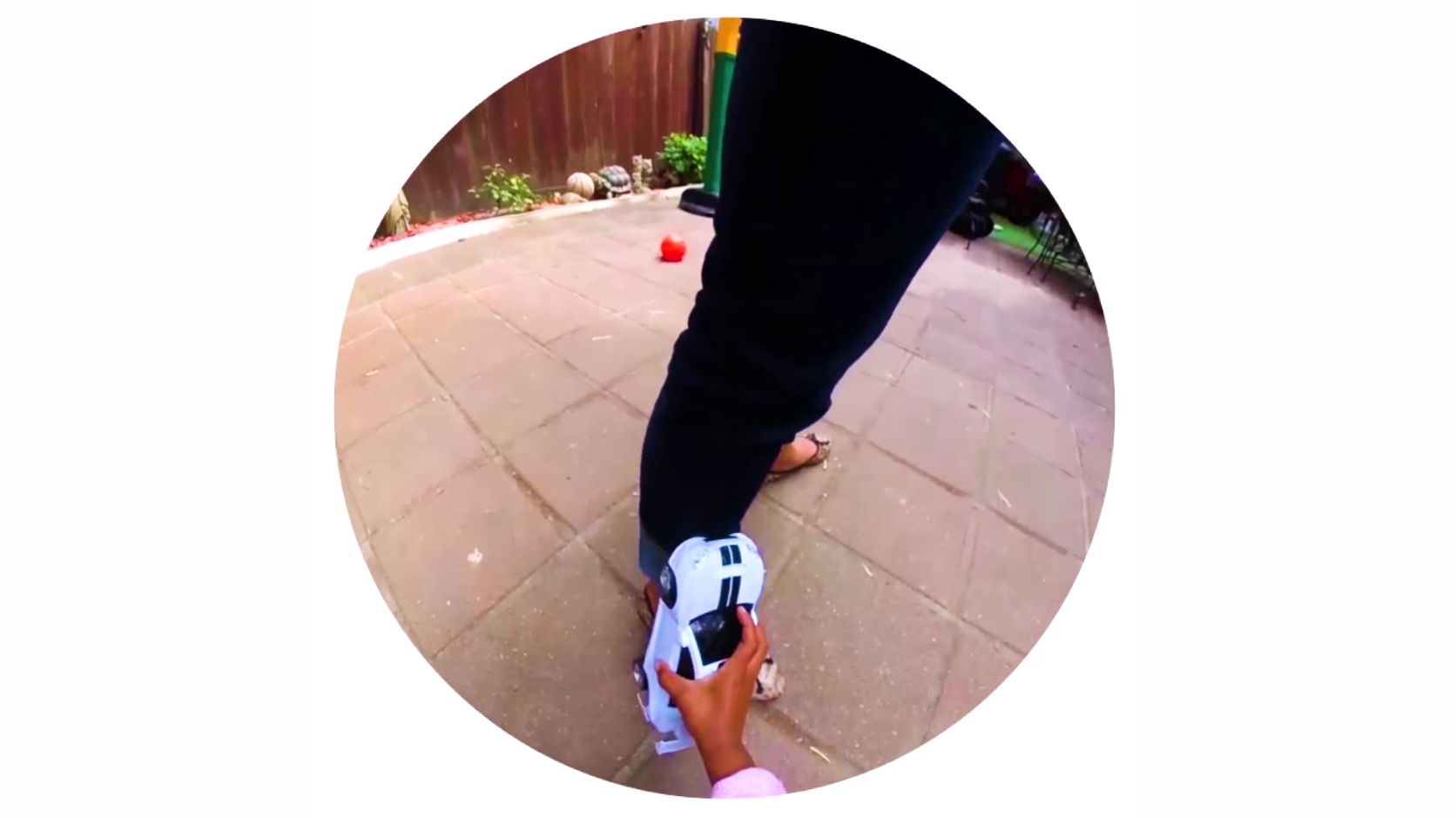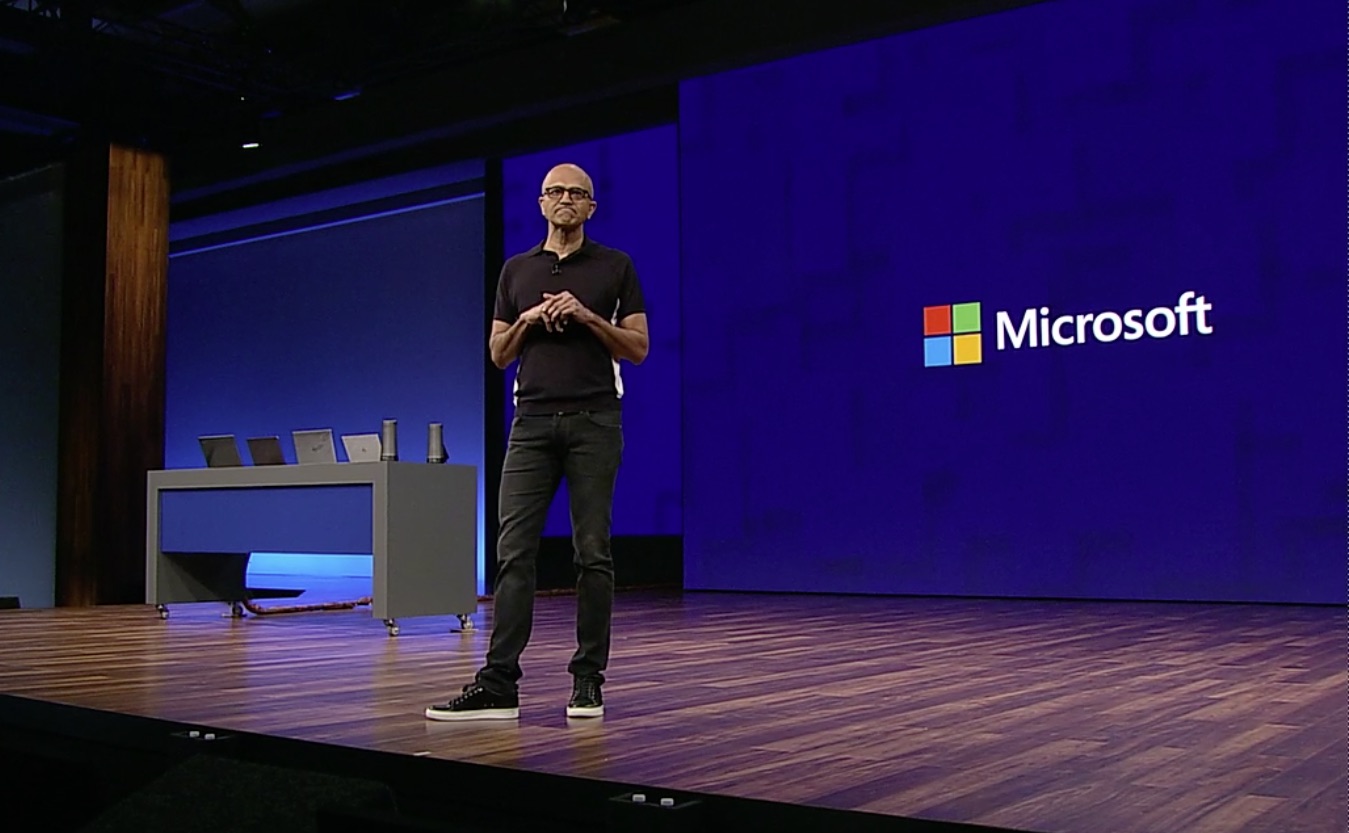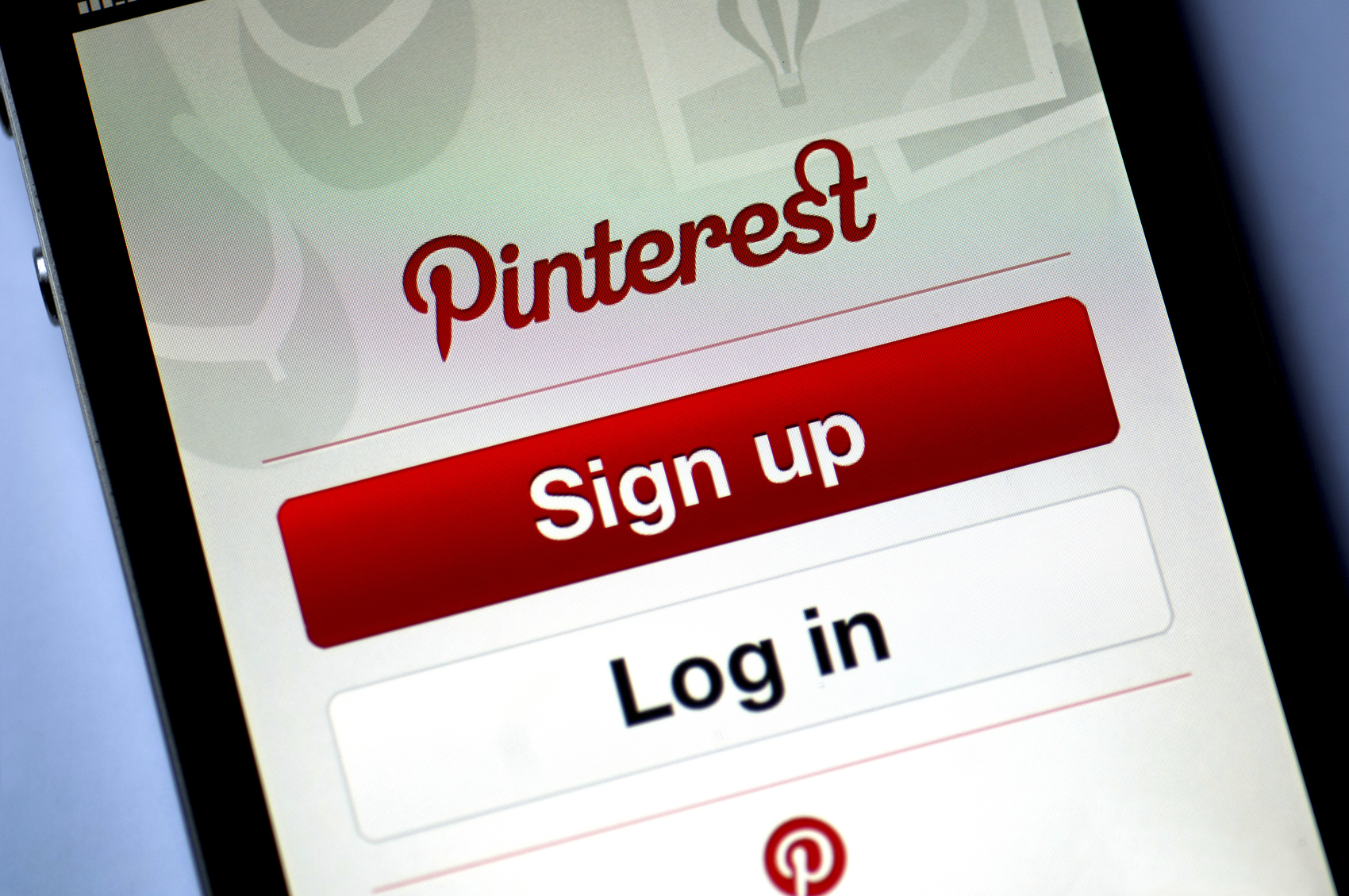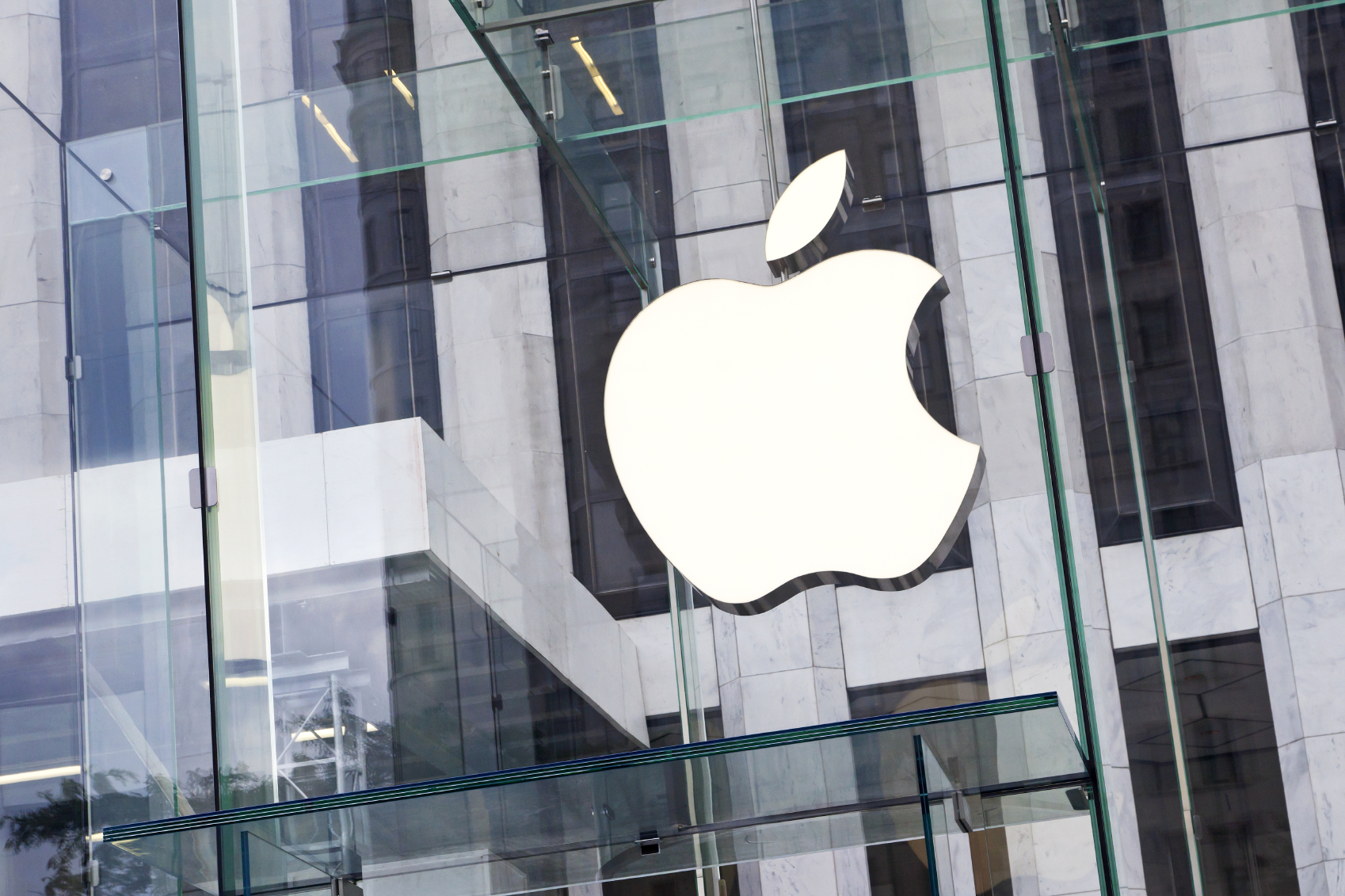What Happened
The Washington Post is launching a new mobile content series that uses AR technology to learn more about cool stories behind famous buildings around the world. The first installment is a 10-second-long AR experience that readers can activate on their smartphone via the Post’s iOS app to learn about the unique ceiling design in the Elbphilharmonie concert hall in Hamburg, Germany. Audi is the sole brand sponsor of the series. Its first ad will appear as a visual, but the Post it will work with Audi to create branded AR stories in upcoming installments.
What Brands Need To Do
This is an exciting example of a brand leveraging a publisher’s AR efforts to experiment with new ways to reach mobile consumers. While Snapchat has been credited as the pioneer in popularizing AR camera effects, Facebook made a big AR move last month with the launch of its Camera Effects platform, which offers brands a platform and the tools they need to create interactive experiences which use the camera as an input. As more and more media platforms and publishers start to get on board with mobile-based AR technology, it is up to brands to find the right content creator to partner with to explore camera-based AR experience to reach customers.
Source: Digiday

